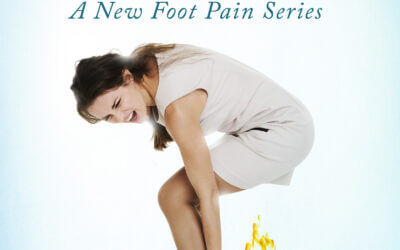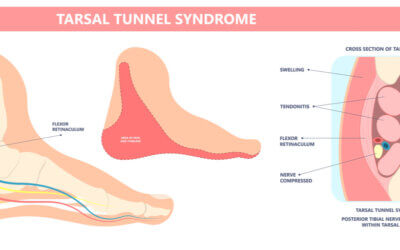Regular Articles
Contact dermatitis and plants
Summer certainly attracts more plants and visitor activity than other seasons. Yet, even as I write this article, I feel itchy. We need to know what to avoid and if we are unfortunate to have a contact rash, we should know what to do. One point about the 10 plants I have picked is that many originate outside the UK while others remain in North America. Given the serious concerns with Japanese Knotweed for example, demonstrates that boundaries do not guarantee that you will come across something that has a kick in its leaf, stem or sap. Skin and respiratory problems arise in some but not all.
A Dying Healthcare System
Consultants split their time between the NHS and the independent sector, although some remain loyal to the NHS alone. Surgeons often make up their salary in this system, taking away an essential NHS resource – experienced professionals. This was the deal that Bevan had to negotiate. It is true that junior consultants have found it harder to follow their senior colleagues into the independent sector but eventually they trim back their hours if they want to work this sector.
Arthritis and the big toe
I confess I am not keen on the word arthritis as it conjures up a disease of the worst kind. So let us use the phrase ‘arthrosis’ because the term means a condition associated with deterioration of any joint, not just the big toe. Severe forms of arthrosis come under a wonderful term – the arthritides (arth-rit-eedees), which sounds like a member of Jason and the Argonauts crew in Greek mythology. Rheumatoid arthritis and gout are two such conditions which are highly destructive. Already you can see Latin and Greek in our language. Medical people love to make everything sound complicated and a bit of old language helps!
Morton’s Nerve Pain
Nerves can recover but often start off because there is local inflammation. The symptoms of what we call neuritis can shoot back up the foot, are often short lived and occur when the foot is compressed initially. Most of the population consult someone between the ages of 40-60. However, there are some who experience the condition as early as 20-30. If caught young then recover can be encouraging. In 1995 Gordon Bennett looked at 115 patients and followed them for 2 years. Thirty-nine percent did well with insoles and footwear alterations. In other words altered their footwear.
Tennis player loses her toenails
Good foot care should be carried out for all sportspeople. They spend huge sums on their sport so they should invest in ensuring the foot is stable and the footgear is correct for their foot shape. Shoes should be fitted with care and the constituent materials should be considered equally important. Consultingfootpain is keen to ensure the public receives good advice so here is some self-help information
Nail care is essential in sports
Having a go yourself sounds a good idea and so there are two approaches to help you. What you can do to prevent the problem from arising and secondly what to do if it happens to you. Let’s start with managing the nail if a problem arises.
Tarsal Tunnel Pain
I want to introduce you to the condition called tarsal tunnel syndrome as a cause of heel pain but with the distinctive quality that the pain burns. The second feature that gives the condition away is that feeling of fullness, a sort of exploding sensation when exercising worsening with standing walking or running. Sometimes this type of problem pain is called referred. This means that the source of pain and location may not match. The pain may be in front of the foot but is related to the structures in the hind part of the foot.
More About Heel Problems
The most common types of heel pain problems arise from general overuse or repetitive heel pad strain but heel pain is complex and if left can resist treatment. In this article, there are four key subjects that you need to know about. The first relates to children while the other conditions are adult related. There are conditions such as rheumatoid arthritis, gout and ankylosing spondylitis that may affect the heel as well as rarer conditions and of course fractures. If the pain does not subside with self-help remedies recommended after several weeks, then seek professional medical help from a podiatrist or medical practitioner.
The Vascular Podiatrist
Taking a good clinical history is vital together with social history. We cover limb oedema (swelling) and changes in the skin with the effects of poor supply. The ultrasound Doppler and blood pressure tests in arms, ankles and toes are vital to match clinical findings with factual changes in pulse quality, pressures and the types of waves. All this information can make a prediction as to the risk associated with vascular disease from amputations to aneurysms to clots and thickening of the walls of blood vessels.
Biomechanics and the foot orthosis
In the USA, from the sixties, the earlier designs were based around a popular subject called ‘biomechanics’. This was a pseudo term but became a significant part of the podiatric medicine degree course in the USA. Much of this pseudo-science involved measurements with protractors (tractographs) and in build error ‘eyesight’ assessment which led to assumptions with a predilection for the concept of wedging. The foot orthosis (F.O.), as it was called, tried to separate itself from the older insole and appliance. A google search today will still confuse the terms.









